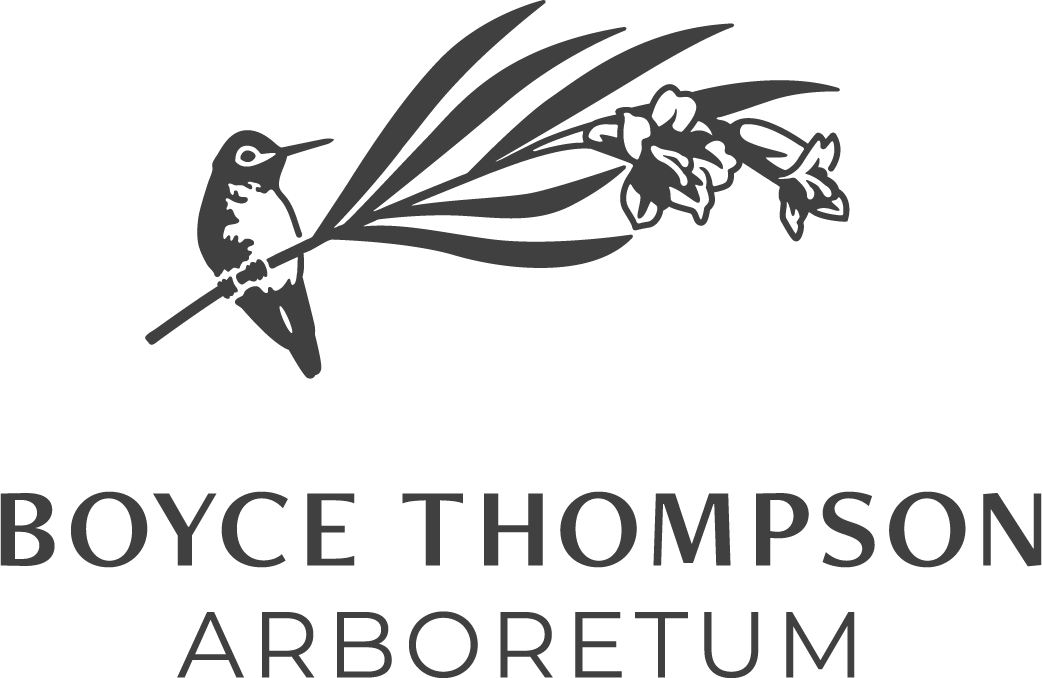The Australian Deserts Exhibit is a 10-acre homage to the unique biodiversity and culture of Australia’s arid and semi-arid regions.
Australia is the driest continent (second only to Antarctica), with its interior region, more commonly known as the Outback, receiving less than 150 millimeters of rainfall per year. Eighty percent of its wildlife and plants are endemic, meaning they are found nowhere else on Earth.
The Collections
The first plants in the Australian exhibit were trees planted in the 1920’s and 1930’s, shortly after BTA’s creation. Now around a century old, these trees have grown into forests rivaling those found on their native continent. One hundred and three species of Eucalyptus include Mr. Big, the largest red river gum (Eucalyptus camaldulensis) in the United States. Walking through the eucalyptus forest is a truly immersive experience: trees shed their bark once a year, just as they do in Australia, and release fragrant vapors into the air from the volatile oils in their leaves. Click here for more information about BTA’s nationally accredited Eucalyptus collection.
Recreating the complexity of Australia’s unique ecogeography in Arizona took many years and even a trip Down Under. Seeds were collected from wild plants, propagated on site, and planted in the garden to simulate real natural areas. Today, there are 1,280 native Australian plants in the exhibit, with 321 different species represented across 93 genera in 39 families.
Australian Culture
Throughout the exhibit are interpretive displays explaining key aspects of Australian culture. The white-pillared Australian Pavilion at the exhibit entrance showcases the Federation Era architecture common across the country, and even features authentic corrugated metal roofing. Inside, didgeridoos, boomerangs, and other instruments of Aboriginal culture are displayed, and outside a small loop interprets the culinary and medicinal uses of Australian plants. The Drover’s Wool Shed, modelled after cartoons of rural Australian life in the 1900’s, was constructed by a set designer in Superior to recreate the careworn odds-and-ends look of a remote sheep herder’s shed. The popular vintage Dodge Power Wagon out front, while not Australian, was the Arboretum’s first truck. The Outback Bridge spanning Silver King Wash was inspired by a real bridge in New South Wales and offers superb views of the eucalyptus forest. Other features include a replica of a traveling Swagman’s Camp, a “jump-up,” that is, a regional term for a small but abrupt hill in an otherwise flat land, and an Aboriginal seep area containing recreated native paintings, grinding stones, and a ceremonial labyrinth.
Views from the garden
#1Arb
Tag us on Instagram with
@btarboretum #1Arb








